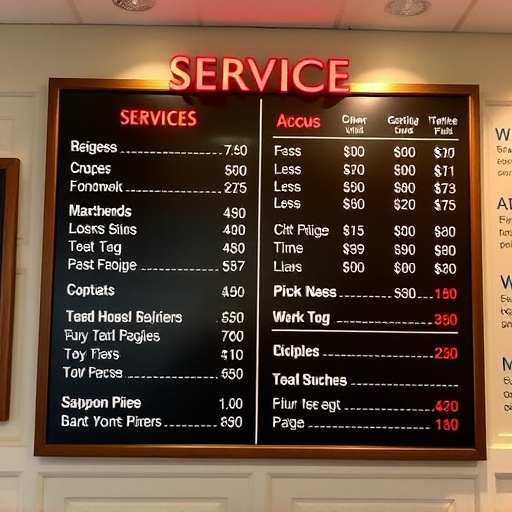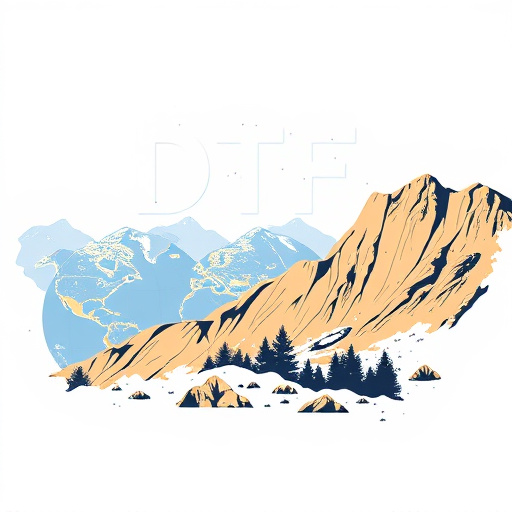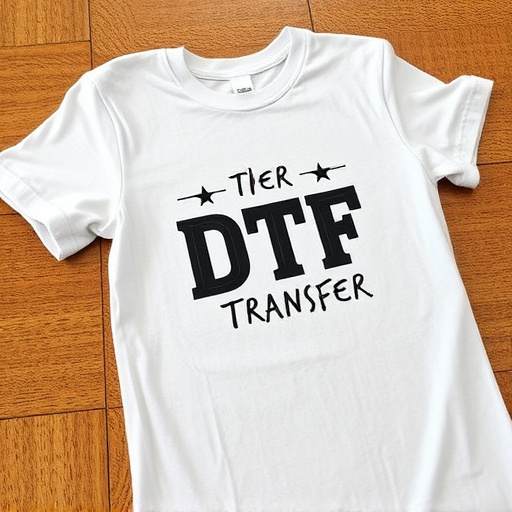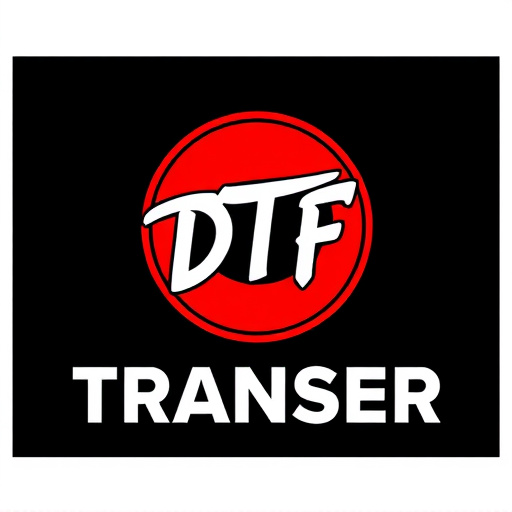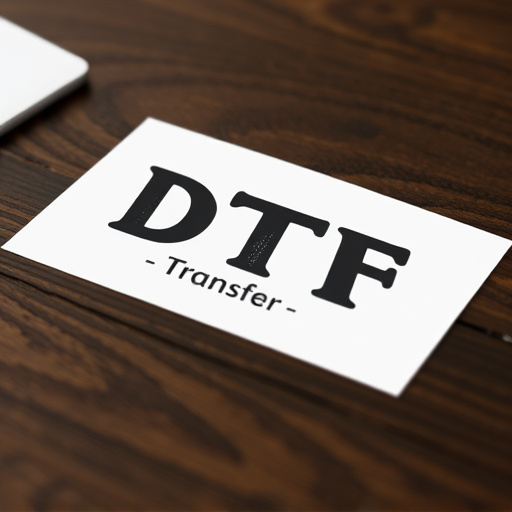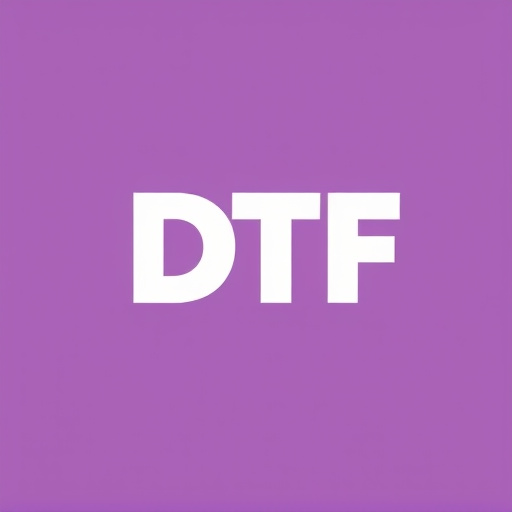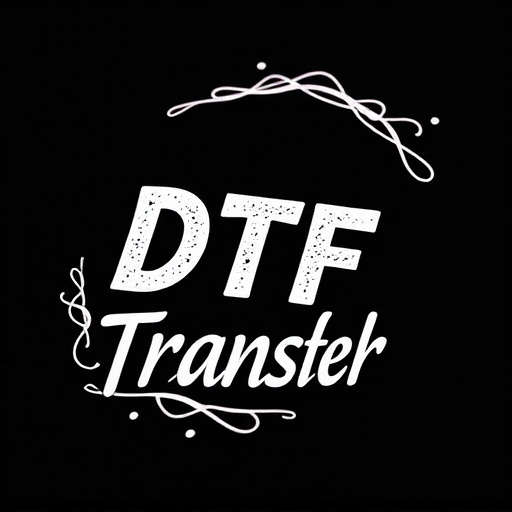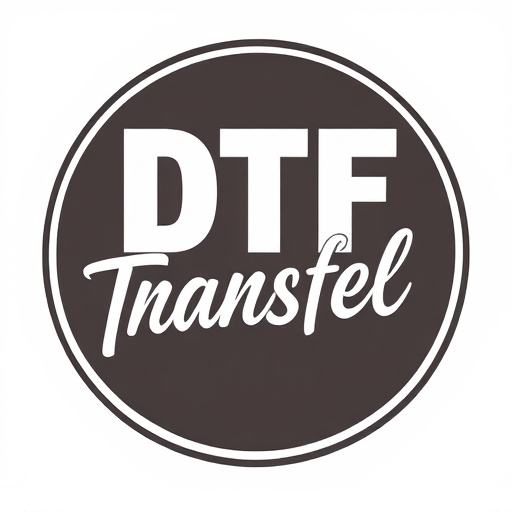Direct-to-Film (DTF) transfer is a cutting-edge printing technology for custom prints on textiles and plastics. It offers vibrant colors, high resolution, and precise design application. Local DTF services provide superior quality, community support, and unique designs. Research vendors through online reviews, directories, referrals, and client testimonials. The market features thermal and inkjet printers, with ongoing innovations to meet diverse needs. High-resolution, vector designs in CMYK format ensure optimal print quality. DTF printing is widely used for brand enhancement, customization, and small-batch production.
In today’s digital age, transitioning designs directly onto film for printing has emerged as a game-changer in various industries. Direct-to-film (DTF) transfer offers vibrant, durable prints with diverse applications, from marketing materials to specialty products. This article delves into the world of DTF Printing, exploring its benefits, technologies, and best practices. We’ll guide you through identifying reputable local businesses offering DTF services, ensuring top-quality results for your next print project.
- Understanding Direct-to-Film (DTF) Transfer: A Quick Overview
- The Benefits of Choosing Local DTF Businesses for Quality Prints
- Identifying Reliable Nearby DTF Services: Tips and Tricks
- Exploring Different Types of DTF Printing Technologies
- How to Prepare Your Designs for Optimal DTF Transfer Results
- Real-World Applications: Industries Benefiting from DTF Transfers
Understanding Direct-to-Film (DTF) Transfer: A Quick Overview
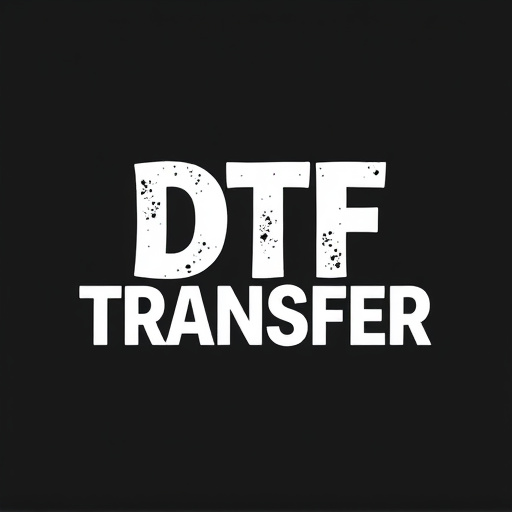
Direct-to-Film (DTF) Transfer is a cutting-edge printing technology that allows for the direct application of designs onto various surfaces, including textiles and plastics, using a film as an intermediate medium. This innovative process streamlines the production of custom prints by eliminating the need for traditional screening or plate preparation. DTF Printing offers unparalleled precision, vibrant colors, and high-resolution detail, making it a preferred method for creating eye-catching graphics.
The DTF Transfer process begins with designing or sourcing artwork that meets specific technical requirements. This artwork is then separated into individual layers, each representing different colors or elements of the design. A thin film, typically made from mylar or polyester, is coated with a light-sensitive material. The film is exposed to UV light through the artwork layers, curing the areas not blocked by the design. Once cured, the film is pressed against the target surface, transferring the image in reverse. Finally, heat treatment completes the process, fusing the print permanently onto the substrate for a durable, long-lasting finish.
The Benefits of Choosing Local DTF Businesses for Quality Prints
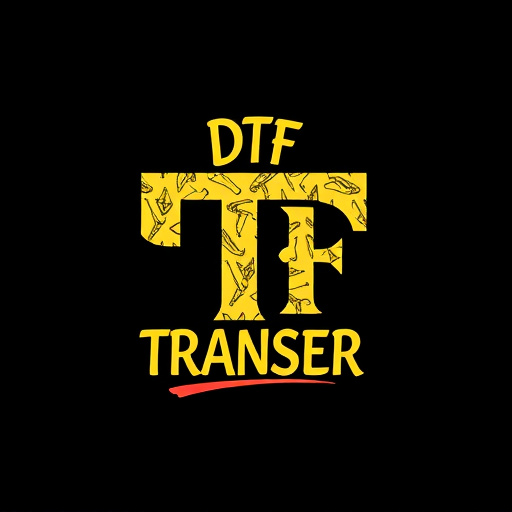
Choosing local businesses offering direct-to-film (DTF) transfer services for your print needs comes with a host of advantages. Firstly, it ensures quality. Local DTF businesses often have expertise and experience in handling various types of fabrics and prints, resulting in superior DTF prints that meet high standards. This is especially important when dealing with delicate materials or intricate designs where precision matters.
Additionally, opting for local providers fosters a strong community connection. By supporting nearby businesses, you contribute to the local economy, creating a sustainable and thriving business environment. Local DTF experts can also offer personalized services tailored to your specific requirements, providing unique prints that stand out. This level of customization is often not available from larger, distant corporations.
Identifying Reliable Nearby DTF Services: Tips and Tricks
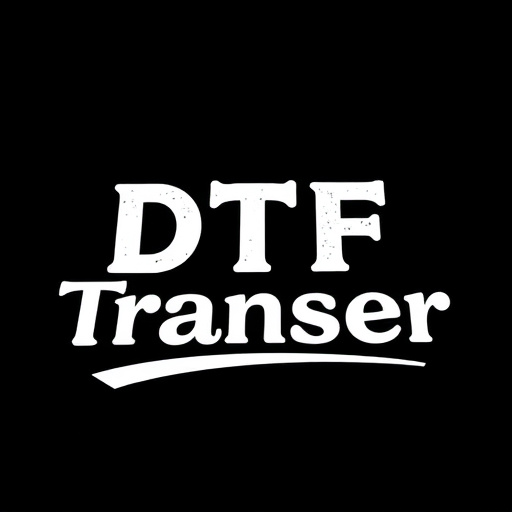
When looking for reliable nearby DTF (Direct-to-Film) transfer services, it’s crucial to do some thorough research. Start by checking online reviews and ratings from platforms like Google or Yelp. Local business directories can also be a goldmine for finding reputable vendors. Look for companies that specialize in DTF Printing with a proven track record of high-quality prints and timely service.
Ask friends, family, or colleagues for referrals to establish trust. Check their portfolios or past client testimonials to assess the vendor’s expertise and attention to detail. Ensure they offer transparent pricing, flexible scheduling, and efficient turnaround times for your DTF Transfer needs.
Exploring Different Types of DTF Printing Technologies
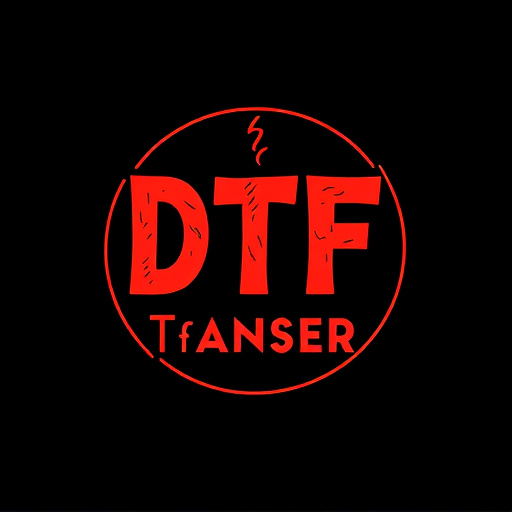
The world of direct-to-film (DTF) transfer services is evolving rapidly, with various technologies vying for dominance. Each DTF printing method offers unique advantages and applications, catering to diverse business needs. One prominent technology involves thermal printers, which use heat to transfer images onto film, ensuring crisp, high-resolution prints. This method is favored for its speed and cost-effectiveness, making it ideal for short-run productions or businesses requiring quick turnaround times.
Another cutting-edge approach is the use of inkjet printing, known for its exceptional color accuracy and fine detail reproduction. Inkjet DTF printers offer a broader color gamut, allowing for vibrant and nuanced prints. This technology is particularly suitable for high-end fashion, jewelry, and bespoke product branding where visual appeal and precision are paramount. As competition drives innovation, businesses can expect even more specialized DTF transfer services in the future, each offering tailored solutions to meet the ever-changing demands of modern marketing and design.
How to Prepare Your Designs for Optimal DTF Transfer Results
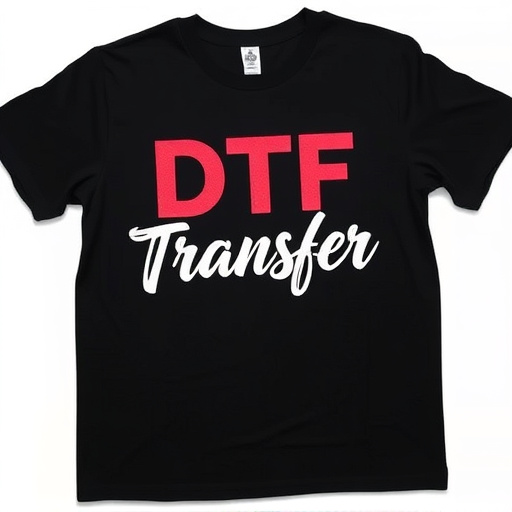
To achieve optimal results with direct-to-film (DTF) transfer services, careful preparation of your designs is key. First, ensure your artwork is in a high-resolution format, typically 300 DPI or higher, to maintain detail and precision during the printing process. Vector graphics are generally preferred as they scale seamlessly without losing quality.
Next, remove any unnecessary elements or background distractions from your design. For DTF prints, focus on the desired image or text, ensuring it’s isolated and clear. Consider color profiles; using CMYK colors is standard for printing, so convert your designs accordingly to avoid potential color shifts. Lastly, check for any creases, folds, or imperfections in your design file as these can impact the final print quality.
Real-World Applications: Industries Benefiting from DTF Transfers
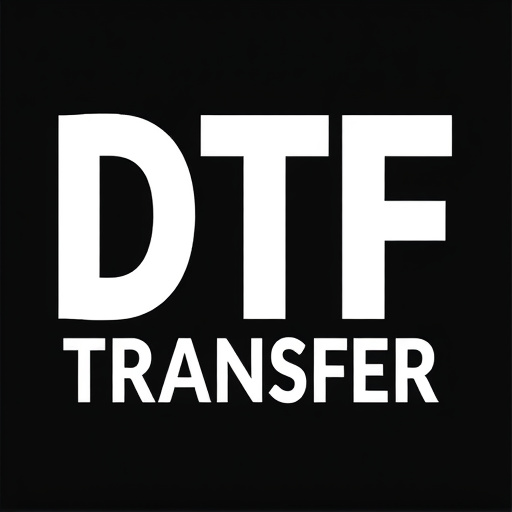
In today’s digital age, direct-to-film (DTF) transfer services have found their place in various industries, revolutionizing the way businesses operate and offering unique advantages. From printing and packaging to signage and advertising, DTF transfers have become a game-changer. This innovative process allows for high-quality prints on a wide range of materials, enabling businesses to create visually appealing products with precise detail and vibrant colors.
For instance, in the retail sector, DTF printing can be utilized for creating custom shopping bags, boxes, and promotional items, enhancing brand visibility. The quick turnaround time of DTF transfers ensures that businesses can promptly respond to changing market demands and trends, giving them a competitive edge. Additionally, this technology is particularly beneficial for small and medium-sized enterprises (SMEs), as it provides cost-effective solutions for short-run productions, allowing them to personalize their offerings without breaking the bank.
